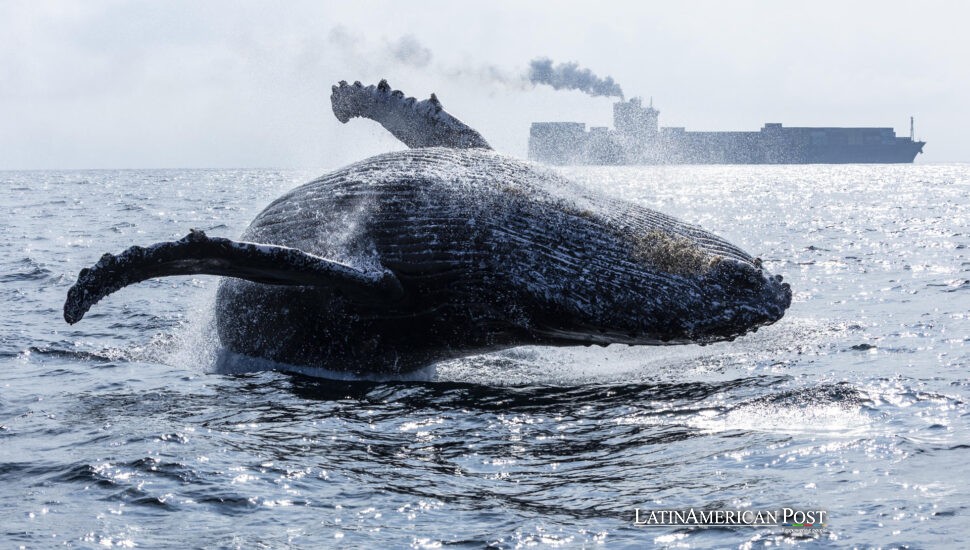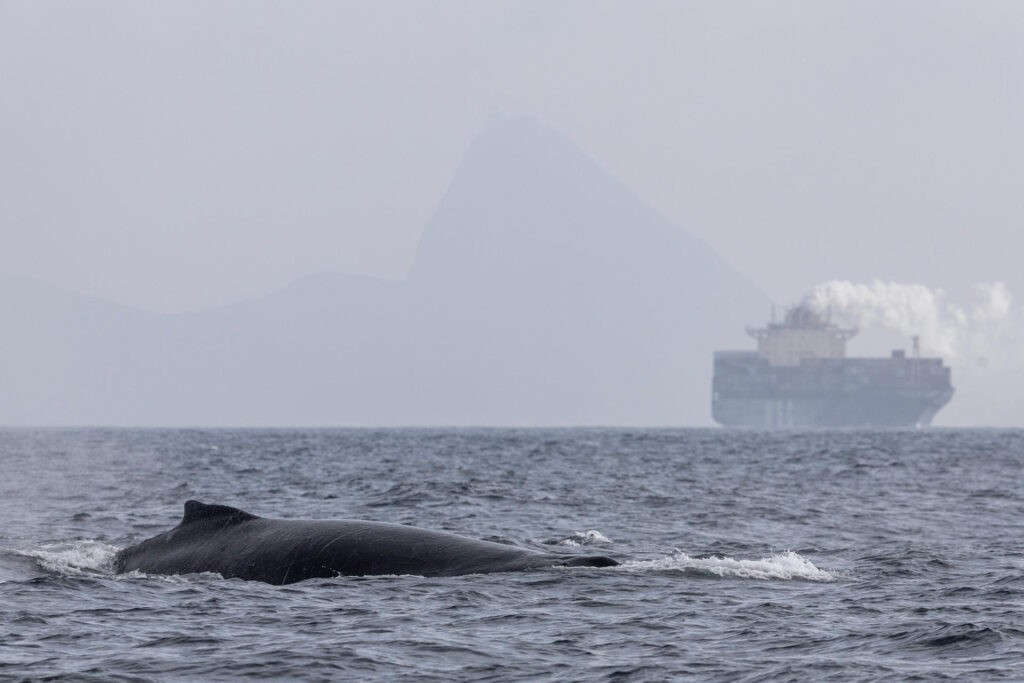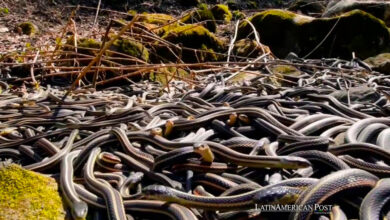Brazil’s Humpback Comeback: Giants Breach, Songs Echo, and a Coastline Cheers Their Return

Where harpoons once silenced giants, Rio de Janeiro’s winter skies now thunder with the splash of humpbacks breaching just offshore. Brazil’s coasts are no longer graveyards but theaters—where science, survival, and samba all converge in a stunning marine revival.
From Harpoons to Hope Along the Migration Highway
Each July, as Antarctic cold chases krill blooms south, a different rhythm stirs off Brazil’s coast. Humpback whales—some 40 tons of muscle and grace—begin their journey northward, swapping feeding grounds for nurseries. At the heart of this migration corridor sits Rio de Janeiro, where flukes flick sunlight beside sailboats and each surfacing stirs both cheers and curiosity.
Marine biologist Guilherme Maricato, part of the Instituto Baleia Jubarte (Humpback Whale Institute), has spent years chasing these sightings—not for spectacle, but science. “Each whale gives us a story,” he told EFE from Guanabara Bay, prepping a skiff bristling with drones and hydrophones. Thirty years ago, there were barely 1,400 whales along Brazil’s coast. Today? Nearly 25,000. That staggering rebound stems from a 1986 global moratorium on commercial whaling, speed restrictions on ships, and Brazil’s decision to designate the Abrolhos archipelago in Bahia, a known calving haven, as a protected area.
Each breach, Maricato said, is not just a leap of joy but a marker of resilience—a signal that these waters, once thick with blood and oil, now hum with life and possibility.
Songs Beneath the Waves and Samba On Deck
On the surface, boatloads of tourists crowd the decks, angling for a perfect tail-flip photo against Sugarloaf Mountain’s granite cliffs. But beneath the waves, the actual performance unfolds in sound.
Behavioral ecologist Liliane Lodi, who has studied Rio’s cetaceans since the 1980s, describes the humpback’s underwater serenade as “liquid jazz,” with each male weaving melodies passed between pods across oceans. Her team lowers hydrophones, capturing subaquatic symphonies that help chart migration routes thousands of kilometers long. “These songs are living maps,” she said, “and every year, the melody evolves.”
Those recordings don’t just stay in labs—they guide drone teams who track health through skin flakes, propeller scars, and calf behavior. Just last week, researchers documented a mother and calf shadowed by playful dolphins, proof that not only are whales returning, but so are the complex food webs that orbit them.
Tour operators now market “Samba with the Giants” evenings—part party, part wildlife pilgrimage. But it’s the scientists, headphones on, eyes closed, who hear the deeper rhythm: a coast finding harmony again.
Fragile Waters Beneath the Applause
Despite the celebration, dangers drift just below the swell.
One juvenile humpback, found tangled and lifeless on São Conrado’s beach, bore deep cuts from fishing wire. It was just one of three emergency cases this month, with others rescued near Ilhabela and Ubatuba. The coast guard, armed with blades and nets, has become an impromptu whale EMT unit.
Then there’s the subtle warfare of sound. Tankers entering Rio’s port churn out underwater noise that drowns out whale communication—especially during courtship. Brazil’s Navy has proposed establishing seasonal slow-speed zones to reduce the risk of strikes, a policy similar to those implemented by the U.S. and Panama. But enforcement remains patchy. “Captains face pressure to meet delivery schedules,” Lodi noted. “But a single strike kills the whale and can sideline a ship for days.”
Warming seas may yet prove a more elusive threat. As ocean temperatures rise, krill blooms—whales’ staple food—are shifting. A few weeks’ mistiming could mean underfed calves or confused pods arriving too late to breed. “Today’s comeback,” Maricato warned, “could stall tomorrow if we don’t adapt as fast as the whales have.”

Fishermen, Children, and the Guardians of the Comeback
None of this would be possible without what conservationists call the “human hinge“—the people who link science, tradition, and stewardship.
Local fishermen, once competitors with the giants, now patrol waters as “sentinels” armed with waterproof cameras and field notebooks. In exchange for data, the institute teaches whale-safe fishing techniques that reduce bycatch. Antônio Silva, a skipper from Saquarema, confessed to EFE, “I used to think whales stole my fish. Now they bring me tourists. They’ve saved my boat.”
Meanwhile, in Rio’s hillside favelas, schoolchildren meet a life-size inflatable calf during marine biology workshops. Some dream of becoming whale scientists—an idea unthinkable when their parents saw the sea only as a smuggling route or a distant escape. “Kids crawl inside that inflatable and come out asking questions no one in their family ever asked,” Lodi said, laughing.
The government, encouraged by the tourism boom, plans to expand marine protected areas by 2028. But scientists stress that enforcement and careful offshore planning—especially around wind turbines—must keep pace. “Renewable energy can’t come at the whales’ expense,” Maricato emphasized. “We must route cables and ports with their corridors in mind.”
As July wanes, the bay turns gold at dusk. On a small research boat, hydrophones crackle with something new—a duet of unfamiliar notes: one deep, one lilting. Lodi lifts her headphones and smiles. “That’s courtship,” she whispers. “They’re still singing.”
A tourist yacht nearby dips its sails. Phones rise in reverent silence. A black fin arcs, a white tail flares, and seawater scatters like champagne in the sunset. For a moment, a city famous for spectacle stills—not for samba, nor soccer—but for the great slow dance of giants who have chosen to come home.
Also Read: Hudson Nights Burn Bright as Sunset Salsa Turns New York into a Latin Dancefloor
Credits: Reporting based on interviews with Guilherme Maricato, Liliane Lodi, and researchers at Instituto Baleia Jubarte, with additional data from EFE, Brazil’s Navy, and The International Whaling Commission archives.





